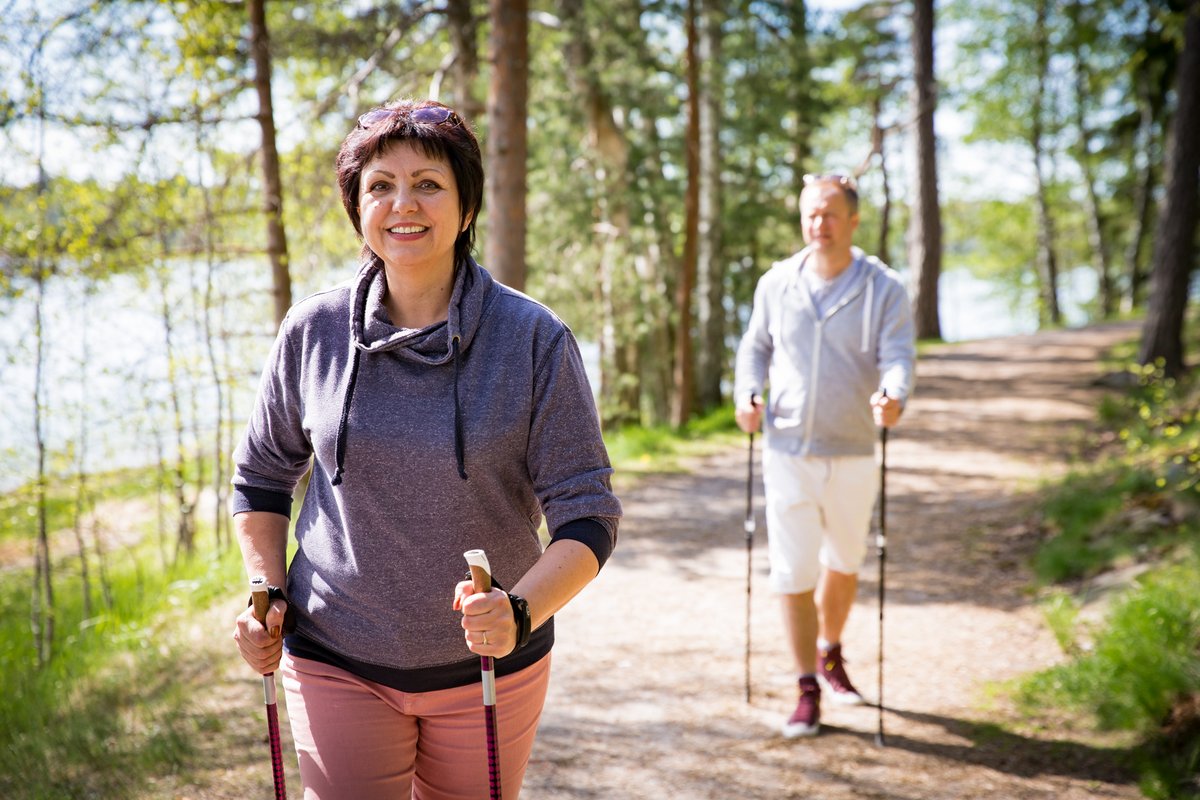
(October 2018) The socio-economic circumstances in which a child grows up have various important effects on the future life course and can even reach into old age. To better understand these effects, a group of researchers has examined the question whether external social influences in early life and physical health in older age are associated.
Life-course data and physical health measures
To examine this association, Cheval et al. used data from the Survey of Health, Ageing and Retirement in Europe (SHARE) on 24,179 respondents aged 50 to 96 from 14 European countries. For information about early-life socio-economic circumstances, SHARE’s retrospective collection of life-course data was utilized while for physical health, the participants’ grip strength was used.
Less muscle strength in old age
Analysis of the data showed that people who had spent their early lives in disadvantaged socio-economic circumstances exhibited significantly less muscle strength in old age. Even after taking adult-life socio-economic circumstances and health behaviours into account, this association remained significant. The results thus suggest that even unhealthy behaviours like smoking and drinking might not completely explain low muscle strength in old age. Furthermore, a privileged lifestyle as an adult does not seem to compensate the disadvantages of growing up under suboptimal socio-economic circumstances. An explanation might lie in the fact that experiencing chronic stress during early life in consequence of deprivation has a direct negative biological effect on health in old age, the researchers suggest.
More likely to be physically inactive
An additional study by Cheval et al. analysed a further potential implication, namely if and how early-life socio-economic circumstances affect physical inactivity in adulthood. According to the analysis, which was based on SHARE data as well, the risk of physical inactivity increased for both sexes with increasing age and was strongest for those who grew up in the most disadvantaged socio-economic context with the risk being significantly higher for women. Although significant, the association between early-life socio-economic circumstances and physical inactivity was mediated by education, occupational position and household income in adult life. Among those indicators, education proved to have the strongest influence on the risk of physical inactivity. This result implies that growing up in a socio-economically disadvantaged environment and the resulting increased risk of physical inactivity in older age could be compensated by improving the individual socio-economic status throughout the life course.
Study by Boris Cheval, Matthieu P Boisgontier, Dan Orsholits, Stefan Sieber, Idris Guessous, Rainer Gabriel, Silvia Stringhini, David Blane, Bernadette W A van der Linden, Matthias Kliegel, Claudine Burton-Jeangros, Delphine S Courvoisier, Stéphane Cullati (2018): Association of early- and adult-life socioeconomic circumstances with muscle strength in older age. Age and Ageing 47(3), 398-407.
URL: https://doi.org/10.1093/ageing/afy003
Study by Boris Cheval, Stefan Sieber, Idris Guessous, Dan Orsholitis, Delphine S. Courvoisier, Matthias Kliegel, Silvia Stringhini, Stephan P. Swinnen, Claudine Burton-Jeangros, Stéphane Cullati and Matthieu P. Boisgontier (2018): Effect of Early- and Adult-Life Socioeconomic Circumstances on Physical Inactivity. Medicine & Science in Sports & Exercise 50(3): 476-485.
URL: https://doi.org/10.1249/MSS.0000000000001472
Foto: Fotolia / ladysuzi

